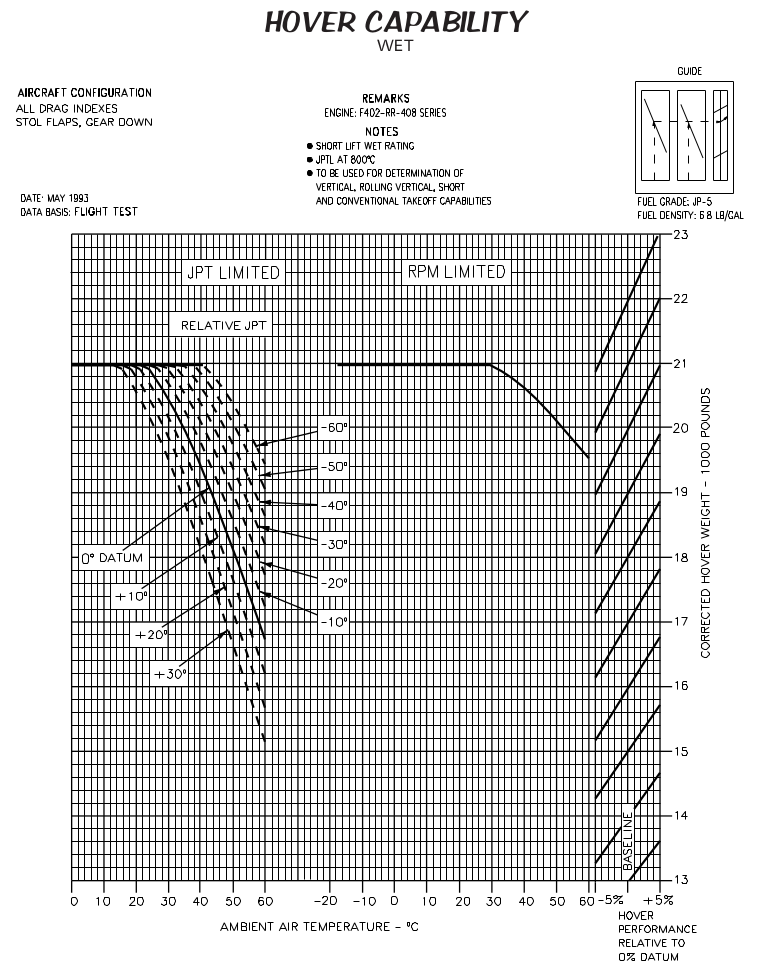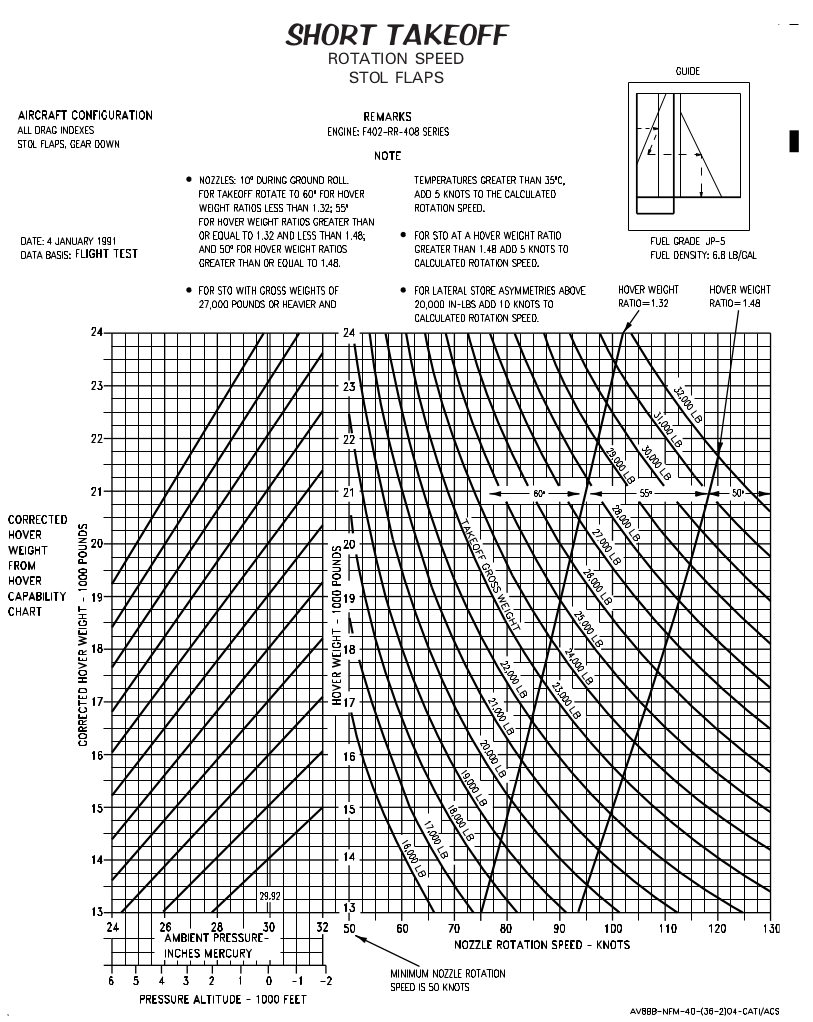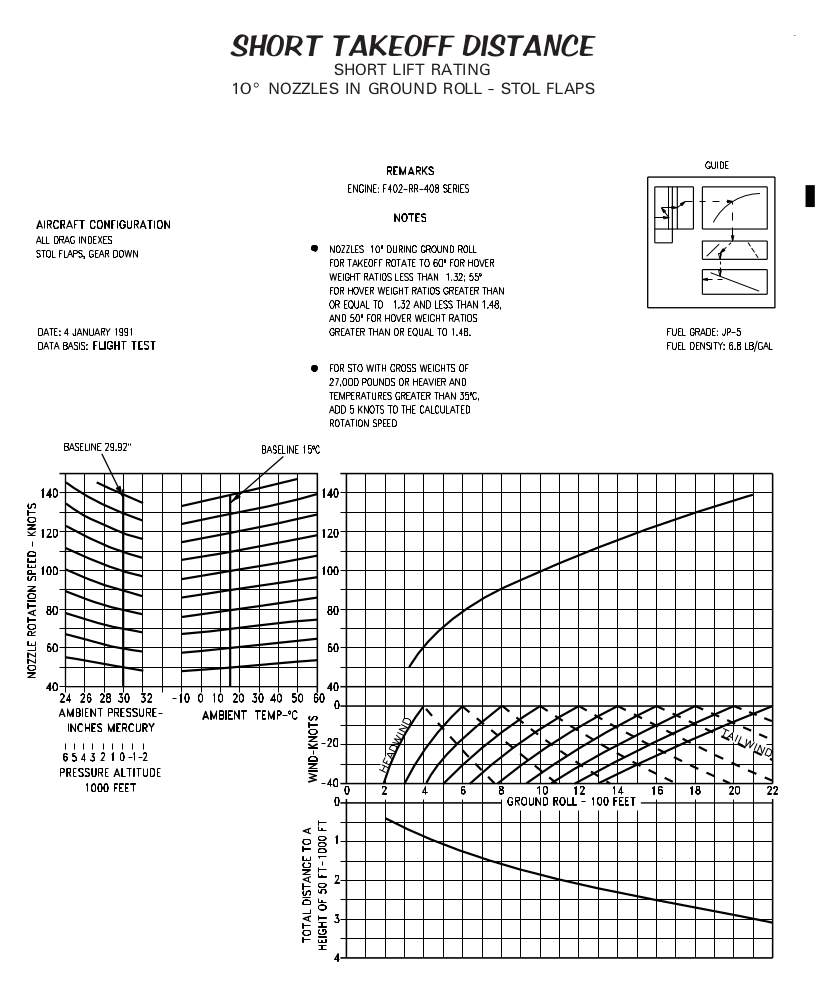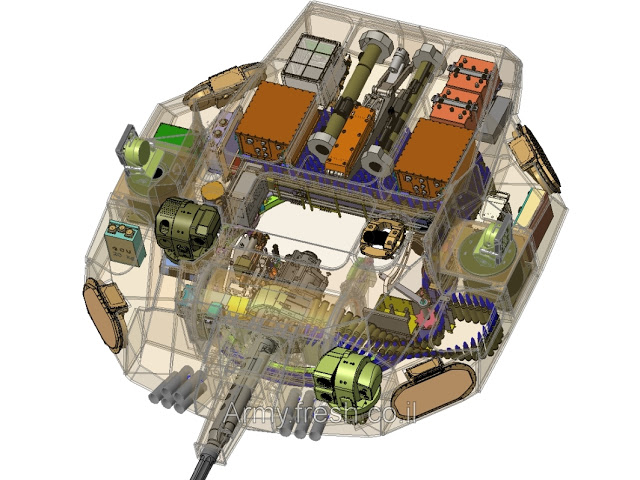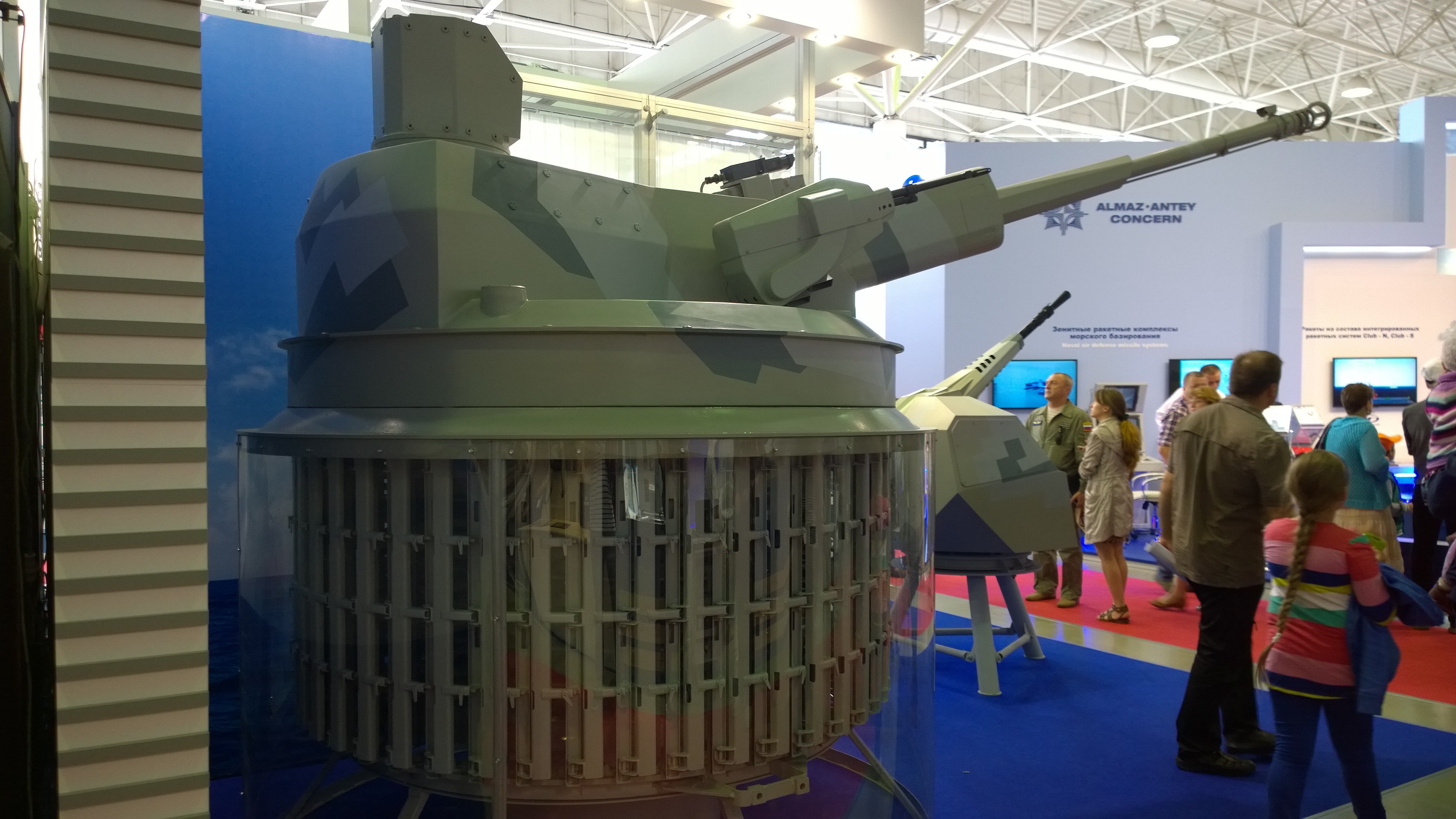In the spirit of my revisiting of MBTs in 2018, let’s also take another look at IFVs. Happily, this field is a little more saturated, and has some interesting options available.
Of course, I’m also not about to throw away perfectly good data. The Czechs looked at ASCOD 2, Lynx, Puma and two versions of CV9030 (one with a manned turret, one with an unmanned turret). That’s most of the in-production contenders from the West. So let’s see which won what and go from there, shall we?
And then the Puma swept the competition. It had better reliability than all other test vehicles, being the only one not to have to repeat a test due to a breakdown. It has better protection than its rivals. It has better mobility than its rivals too. And, while all vehicles were armed with a 30mm gun, the Puma was significantly more accurate. The Puma had 37 hits out of 40 shots fired, and the next-best competitor did about half as well.
That’s pretty good. However, the Puma is the most expensive of the lot, and the Czechs might like to look at some other variants besides a pure IFV. They may end up buying Puma IFVs and something else for the more utility-type roles.
Of course, I wouldn’t just write a new roundup to simply say, “I agree with the Czechs.” Even though I totally do. Of the vehicles tested, the Puma has proven to be tops. Best by test. However, the Israeli Namer IFV was not in the test (certainly its present form wasn’t ready yet), and that’s worth a look. And, as always, we’re assuming both are available and marketed.
First, a brief run down of Puma. The Puma weighs 43 tonnes with all armor modules installed. Some modules can be removed to permit the Puma to make weight for transport in an A400M. It has a 30mm autocannon with 200 rounds of ready ammo, a 5.56mm machine gun with 1,000 rounds of ready ammo, and a two-tube launcher for Spike ATGMs. It has a crew of three and carries six dismounts. It has an MTU 890 V10 engine that makes about 1,100 hp. It exceeds STANAG level 6 protection on the front, meets level 6 on the sides (the highest level for KE threats), and makes STANAG 4 on the bottom against mines (confusingly, level 4 is the highest for mines). It also has an integrated soft-kill active protection system (i.e. a DIRCM). Annoyingly the STANAG levels for KE protection make no mention of what sort of shaped charge threats they can counter, and there’s no separate scale for that either.
And now for Namer. Namer weighs about 60 tonnes in its APC form, and the Israelis haven’t updated the approximation for the IFV version. It has a 30mm autocannon with 400 ready rounds, a 7.62mm machine gun with 700 ready rounds, two Spike ATGMs, and a 60mm mortar. The turret also comes equipped with the Trophy hard-kill active protection system. Namer has a crew of three and carries nine dismounts. Namer is powered by a 1,200 hp AVDS-1790 engine.
For the Namer, the Israelis haven’t released information on its protection level (and STANAG only goes up to level 6, which is merely being able to stop 30mm APFSDS), so we’ll have to guesstimate. Namer weighs about as much as a Merkava, but it lacks Merkava’s big tank turret. The Israelis say they’ve put the weight into protection, which makes sense. There aren’t many other places where that weight could go. Also, the APC version of the Namer has been shot at with Kornet missiles in Lebanon. Kornet is a modern Russian ATGM, but it was not able to penetrate the frontal armor. It did penetrate the side armor, but did not harm any of the soldiers inside. This is pretty impressive, so I’ll give a win to Namer in the protection category.
Firepower is mostly a wash. The Namer has twice as many ready rounds, but I don’t have a good notion of how many we can expect to use in an engagement before resupply. So I don’t know if it actually matters. Both have a pair of Spike ATGMs. We haven’t seen a comparative test between the two, so we don’t know if one or the other has an accuracy advantage. Namer also comes with a mortar. I’ll give it a firepower edge, conditional on the lack of head-to-head shooting competition.
In terms of mobility, the Puma is the clear winner. It has only 100 less horsepower while being several tonnes lighter. There were notions of putting the 1,500 hp MTU 883 in the Namer, but that hasn’t been done yet. We would like to look into this as well. The Puma is also easier to move to the battle by far. Again, it is lighter, and armor modules can be removed to get it in an A400M. The Namer is going to have to be transported with one’s tanks. Clear win for the Puma in both strategic and tactical mobility.
Tactical mobility is always to be prized. In the case of strategic mobility, it can also be quite useful. Here, however, I am not so sure. As I have commented previously, IFVs should operate in conjunction with tanks. Deploying tanks in quantity somewhere is going to require naval transport or rail transport or both. And if you’re already doing that for the tanks, you may as well load the IFVs on there too.
For me, this is not a hard choice. I like Puma, but I like the Namer more. I like carrying nine dismounts, and I like having as much (or more) armor on my IFVs as on my tanks. Yes it’s heavy. That’s why we call them Heavy Brigades, right?
